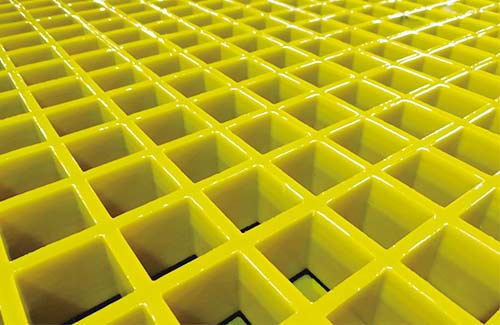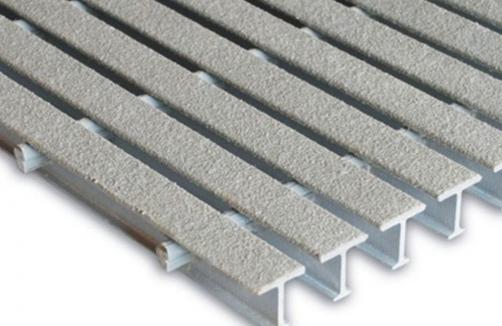Exploring the Strength and Versatility of Fiberglass Reinforced Plastic Structures in Modern Construction
Introduction
Fiberglass Reinforced Plastic (FRP) structures have emerged as a revolutionary material in modern construction, offering unparalleled strength, durability, and versatility. As the construction industry continues to evolve, FRP structures provide an innovative solution to traditional building challenges. But what makes FRP so special? How does it compare to conventional materials? And what are the key applications of FRP in contemporary construction? This article delves into these questions, highlighting the benefits and potential of FRP structures.
What Makes FRP Structures Superior?

FRP structures are composite materials made from a combination of fiberglass reinforcement and a polymer matrix, typically epoxy or polyester resin. This unique composition赋予s them exceptional mechanical properties. Unlike traditional materials like steel or concrete, FRP structures are lightweight yet incredibly strong, making them ideal for a wide range of applications.
One of the primary advantages of FRP is its corrosion resistance. Unlike metal structures, FRP does not rust or corrode when exposed to harsh environmental conditions. This makes it particularly suitable for marine and coastal construction, where saltwater exposure can quickly deteriorate traditional materials. Additionally, FRP structures have a longer lifespan, reducing maintenance costs over time.
Another significant benefit is the electrical and thermal insulation properties of FRP. It does not conduct electricity or heat, making it a safe and efficient choice for electrical enclosures and insulation applications. This property also contributes to energy efficiency in buildings, as FRP can help maintain temperature stability.
Versatility in Design and Application
FRP structures are highly versatile, allowing for creative and customized designs. The material can be molded into various shapes and sizes, making it suitable for both structural and aesthetic applications. From bridges and tunnels to buildings and industrial facilities, FRP offers flexibility that traditional materials often lack.
One of the most compelling aspects of FRP is its adaptability to complex geometries. This allows architects and engineers to design structures that are both functional and visually appealing. For example, FRP can be used to create curved facades, arched roofs, and intricate support systems, pushing the boundaries of architectural innovation.
In industrial applications, FRP is used for tanks, pipelines, and storage containers due to its chemical resistance and durability. These structures can withstand exposure to corrosive substances, making them ideal for storing chemicals, oils, and other hazardous materials. The lightweight nature of FRP also simplifies transportation and installation, reducing project costs and timelines.
Environmental Benefits
As sustainability becomes a cornerstone of modern construction, FRP structures offer significant environmental advantages. The production of FRP requires less energy compared to traditional materials like steel and concrete. Additionally, FRP is recyclable, reducing waste and minimizing the environmental footprint of construction projects.
The longevity of FRP structures also contributes to sustainability. With a lifespan of up to 50 years, FRP reduces the need for frequent repairs and replacements, conserving resources and reducing carbon emissions. Furthermore, FRP can be used to retrofit existing structures, extending their lifespan and reducing the demand for new materials.
Défis et considérations
Despite its numerous benefits, FRP structures are not without challenges. One of the main concerns is the cost, which can be higher than traditional materials. However, the long-term savings in maintenance and durability often offset this initial investment. Another consideration is the fire resistance of FRP. While it is less flammable than some conventional materials, proper treatment and design can enhance its fire safety.
Sharing Insights and Best Practices
For those interested in implementing FRP structures in their projects, sharing insights and best practices is crucial. Industry professionals recommend conducting thorough material testing and ensuring proper installation techniques to maximize the performance and longevity of FRP structures. Collaborating with experienced FRP suppliers and engineers can also provide valuable guidance and support.
In conclusion, FRP structures offer a powerful combination of strength, versatility, and sustainability, making them a standout choice in modern construction. By addressing common questions and highlighting key benefits, this article underscores the potential of FRP to transform the industry. As technology and materials science continue to advance, the applications of FRP will only expand, offering innovative solutions to complex construction challenges.







